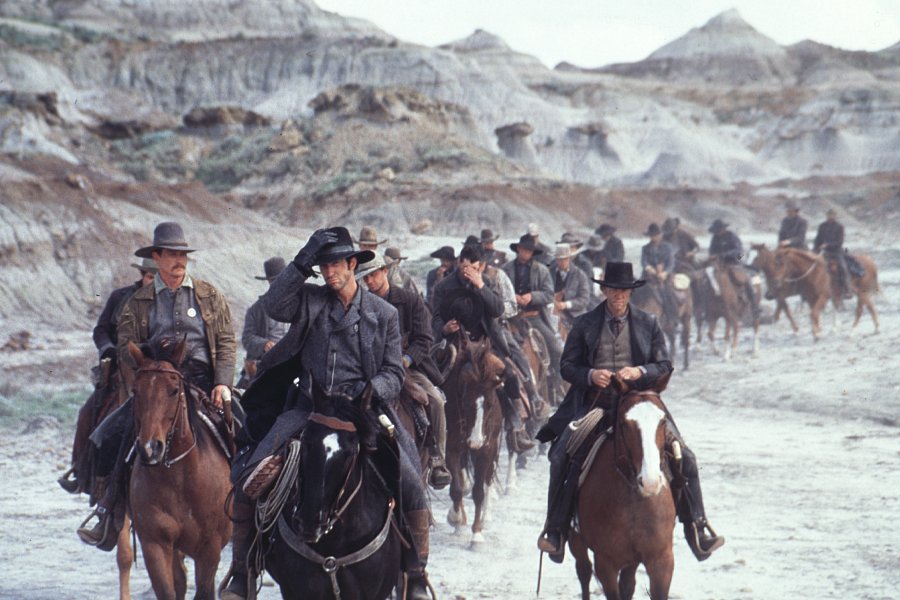Glen
Moderator
The use of indentured servants from India began in the 1830s, with the first workers going to labor starved British Australia. Even before the end of the Slaver Uprising, the practice spread to British Guyana and nearby islands. The practice would explode in the 1840s and 1850s, being seen as a viable alternative to now defunct slave labor.
Plantations in the Dominion had undergone a transformation in the aftermath of the Southern Civil War. Loyalist planters by and large converted their slave plantations to neo-manorial systems similar to those of the Virginians (who themselves had borrowed the practice from the seguerial system of Quebec). Many of the freedmen stayed on working the plantations much as they had before in return for a share of the crop, which often they sold back to their landlords who would act as a broker to sell the crops on the market. While this still left many freedmen dependent on their landlords, those who abused the relationship often found themselves without tenants, who could find places on other plantations for their labor. Indeed, several Loyalists who had not been planters prior to the war had taken advantage of bankrupt Slavocrats who had sided with the rebellion to buy their plantations become planters themselves, though these holdings were much less likely to still have the majority of their former slaves still in situ, as they often had abandoned the holdings of those who would have kept them property for greener pastures out west or on established Loyalist plantations. Other slaver plantations were bought out by British investors, who served as absentee landlords.
It was these newer planters who often turned to Indian indentured workers to man their new found property. Ironically, it would as often as not be freed blacks who only years before were the workers on these fields to whom the new planters would turn to as overseers of these new Indian workers.
Of course, the start of construction on the Dominion's transcontinental railroad would demand much more manual labor, which while in the East many blacks would work on, in the West far more of the labor would come from India.

Plantations in the Dominion had undergone a transformation in the aftermath of the Southern Civil War. Loyalist planters by and large converted their slave plantations to neo-manorial systems similar to those of the Virginians (who themselves had borrowed the practice from the seguerial system of Quebec). Many of the freedmen stayed on working the plantations much as they had before in return for a share of the crop, which often they sold back to their landlords who would act as a broker to sell the crops on the market. While this still left many freedmen dependent on their landlords, those who abused the relationship often found themselves without tenants, who could find places on other plantations for their labor. Indeed, several Loyalists who had not been planters prior to the war had taken advantage of bankrupt Slavocrats who had sided with the rebellion to buy their plantations become planters themselves, though these holdings were much less likely to still have the majority of their former slaves still in situ, as they often had abandoned the holdings of those who would have kept them property for greener pastures out west or on established Loyalist plantations. Other slaver plantations were bought out by British investors, who served as absentee landlords.
It was these newer planters who often turned to Indian indentured workers to man their new found property. Ironically, it would as often as not be freed blacks who only years before were the workers on these fields to whom the new planters would turn to as overseers of these new Indian workers.
Of course, the start of construction on the Dominion's transcontinental railroad would demand much more manual labor, which while in the East many blacks would work on, in the West far more of the labor would come from India.


